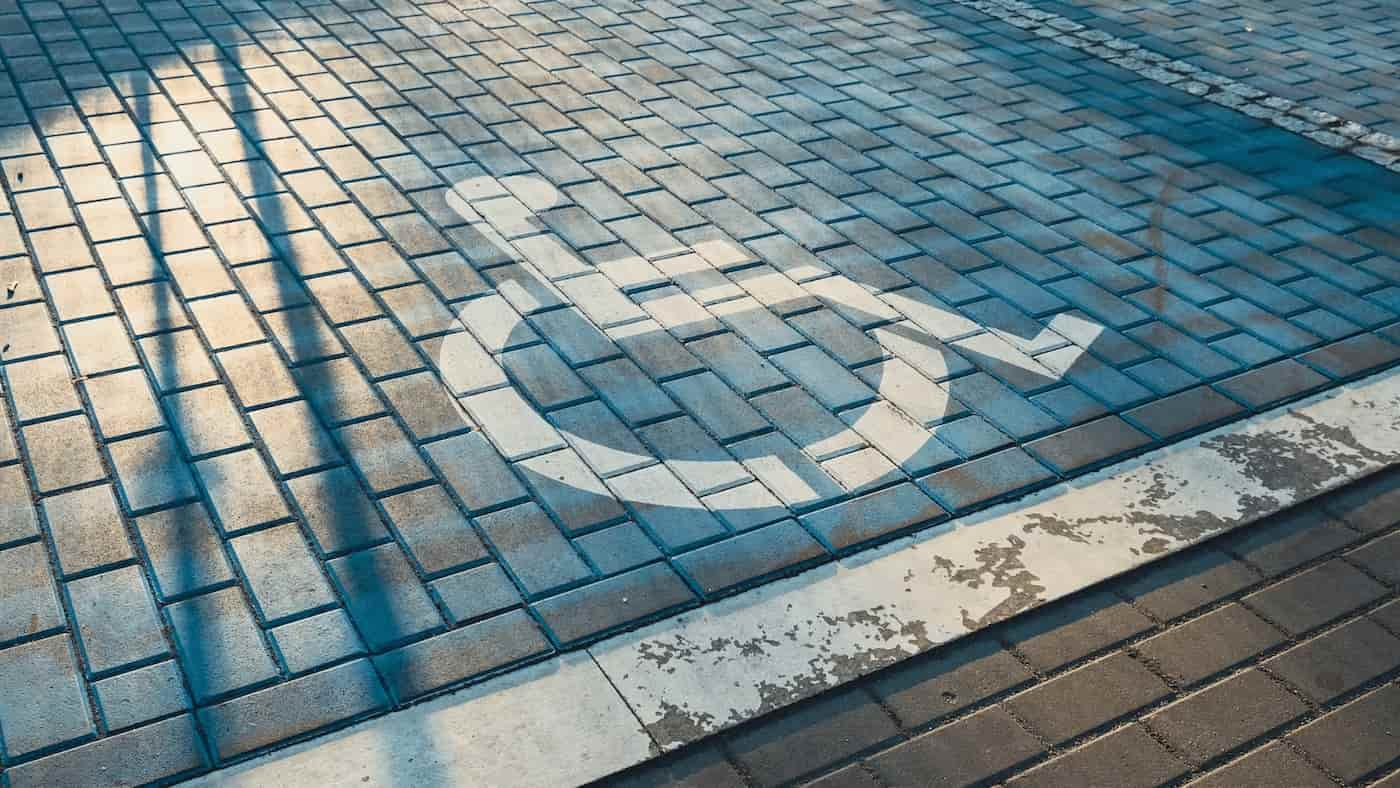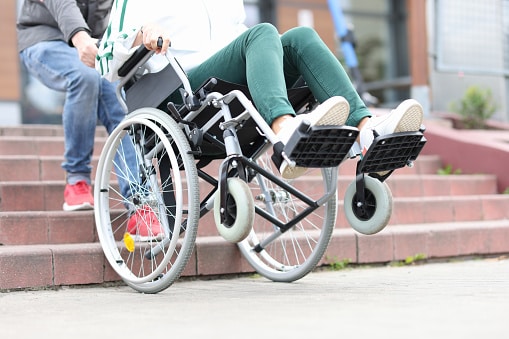
Disability discrimination is the unequal treatment of people with disabilities, which can include physical, mental, and intellectual impairments. This type of discrimination can take many forms, such as exclusion from activities or services, denial of access to public places or buildings, refusal to hire someone because of their disability, or harassment based on a person’s disability. Disability discrimination is illegal in many countries and is prohibited by international human rights law.
What Does the Equality Act say About Disability Discrimination?
The Equality Act 2010 in the UK states that it is unlawful to discriminate against someone because of their disability. This includes direct discrimination, indirect discrimination, failure to make reasonable adjustments, and harassment or victimisation related to a person’s disability. The Act also requires employers and service providers to make reasonable adjustments for people with disabilities so that they can access services and employment opportunities on an equal basis with others.
What is Classed as a Disability?
A disability is any physical or mental impairment that substantially limits one or more major life activities, such as walking, seeing, hearing, speaking, breathing, learning, working, caring for oneself, and performing manual tasks. This includes conditions such as autism spectrum disorder (ASD), cerebral palsy, Down syndrome, intellectual disabilities, muscular dystrophy, multiple sclerosis (MS), post-traumatic stress disorder (PTSD), and traumatic brain injury (TBI).
Different Types of Disability Discrimination

People with disabilities are often treated unequally compared to those without disabilities, which is known as disability discrimination. This kind of mistreatment can take on varying forms, including:
Direct Discrimination:
Direct discrimination is when someone is treated differently or less favourably because of a disability. This type of discrimination can take many forms, such as refusing to hire someone with a disability, denying them access to services or facilities, or treating them differently regarding pay and benefits. Examples include refusing to hire someone because of their disability or denying access to a service or activity due to a disability. It can also include verbal abuse or harassment based on a person’s disability.
Indirect Discrimination:
Indirect discrimination is a form of disability discrimination that occurs when an employer or service provider has a policy, practice, or procedure that appears neutral but disproportionately affects people with disabilities. This type of discrimination can occur in the workplace, in education, and in other areas of life.
For example, suppose an employer requires all employees to have a certain level of physical fitness. In that case, this could be seen as indirect discrimination against people with physical disabilities who may not be able to meet the requirement.
Failure to Make Reasonable Adjustments:
Failure to make reasonable adjustments is a form of disability discrimination. It occurs when an employer fails to provide reasonable accommodations for an employee with a disability, such as making changes to the workplace or job duties that would allow the employee to perform their job effectively. This type of discrimination can have serious consequences for both the employer and the employee, including financial losses, emotional distress, and potential legal action.
Examples include:
- Providing accessible parking spaces.
- Making buildings wheelchair-accessible.
- Providing assistive technology such as screen readers for visually impaired individuals.
Harassment and Victimisation:
Harassment and victimisation are forms of disability discrimination that can occur in the workplace. This includes any unwanted conduct related to a person’s disability which has the purpose or effect of violating their dignity or creating an intimidating, hostile, degrading, humiliating or offensive environment for them. This could include verbal abuse, name-calling, jokes or comments about a person’s disability, physical intimidation or threats of violence. Examples also include jokes about someone’s disability and teasing them about it.
What Else Does the Equality Act Protect Against?
The Equality Act 2010 protects people from workplace discrimination and wider society. It covers nine protected characteristics, including disability, age, gender reassignment, marriage and civil partnership, pregnancy and maternity, race, religion or belief, sex and sexual orientation.
In addition to these nine protected characteristics, the Equality Act also protects against other forms of discrimination, such as victimisation. It also prohibits discrimination based on a person’s association with someone who has any of these characteristics.
Conclusion
Disability discrimination is a serious issue that affects many people around the world. It is important to understand the different types of disability discrimination and the laws and regulations that protect against it. People should also be aware of their rights when accessing services, goods, and facilities and how to complain if they feel they have been discriminated against. Understanding these issues can help ensure everyone has equal opportunity and access to all aspects of life.
Was this article helpful? Let us know in the comments.
FAQs
What is the main cause of disability discrimination?
The main cause of disability discrimination is a lack of understanding and awareness. People with disabilities often face prejudice, stigma, and exclusion because people do not understand or are unaware of their challenges. This can lead to people with disabilities being treated differently or unfairly in various aspects of life, such as employment, education, healthcare, housing, and more.
What are the rights of a person with a disability?
People with disabilities have the same rights as everyone else under the law. These rights include the right to be treated equally and without discrimination, the right to access public places, services, and transportation, the right to receive reasonable accommodations in employment and education settings, and the right to vote. In addition, people with disabilities have the right to live independently and participate in their communities.
What conditions are recognised as a disability?
A disability is any condition that limits a person’s physical, mental, or sensory abilities. The Americans with Disabilities Act (ADA) defines a disability as a physical or mental impairment that substantially limits one or more major life activities. Examples of conditions recognised as disabilities include mobility impairments such as paralysis and amputation.






